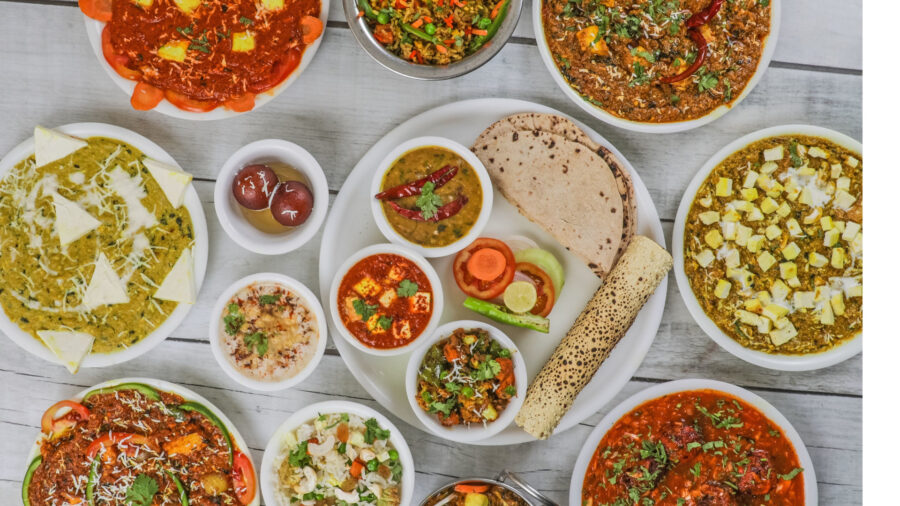Syrian cuisine dates to at least 3000 BC. Yet despite its roots in ancient cities like Damascus, Syrian food is suddenly trendier than ever.
As demand for Middle Eastern cooking and ingredients has risen in recent years—mainly due to its healthy profile—Syrian restaurants are becoming top destinations in cities around the world. Orfali Bros. Bistro in Dubai, for example, was named one of the World’s 50 Best Restaurants in 2022.
“The Syrian diaspora has played a key role in introducing [the region’s] cuisine to various parts of the world, [and] the spread of its popularity,” said Raffy Ghadanian, owner of Kebab Halebi, a Syrian restaurant in Van Nuys, California.
“Global consumers are looking for new, exciting, and culturally enriching culinary experiences,” Ghadanian added in an email to The Food Institute.
Consumers have taken note of Syrian food’s flavorful spices, fresh ingredients, and related social media posts.
Meanwhile, acclaimed cookbook author Anissa Helou, whose father was Syrian, said interest in the country’s dishes has grown alongside seemingly endless conflict in the country.
“With the fact of war displacement, Syrian food has gone kind of global. People are talking about Syrian cuisine,” Helou recently told Bloomberg.
Syrian Cuisine is Fragrant and Diverse
Syrian cuisine typically features spices like allspice, cinnamon, clove, and the fragrant Aleppo pepper. Several of the country’s most famous dishes are classified as Levantine, referring to the region in the Southeastern Mediterranean that includes countries like Lebanon, Palestinian territories, and Jordan.
“Syrian cuisine boasts a diverse array of delicious dishes,” Ghadanian said. “Dishes [like] Antekali kebab and the eggplant kebab have their own unique flavors and ingredients that make them particularly appealing to customers.”
Other popular Syrian dishes include kibbeh nayyeh (finely ground raw meat mixed with bulgur, onions, and mint); mahshi (a group of dishes which include vegetables stuffed with rice or meat); msabbaha (a tahini dip); and ras nana (a ground beef and lamb patty), among others, reported eater.com. The cuisine features creative uses of ingredients like walnuts, pita, and Aleppo peppers, as well.
The Syrian Hunger Crisis
Through an odd twist of fate, the growing popularity of Syria’s cuisine coincides with a hunger crisis within the nation’s borders. Early this year, widespread hunger reached a 12-year high in the Eastern Mediterranean nation, according to the United Nations World Food Programme. Following 12 years of conflict—and with its economy crippled by inflation—12 million Syrians are unsure where their next meal is coming from. Another 2.9 million people are at risk of sliding into hunger.
Those statistics mean that roughly 70% of Syria’s population may soon be unable to put food on their table, the UN said.
The Food Institute Podcast
Everyone in the food industry wants to crack the code on Gen Z, but what are the reasons behind the generation’s food purchases? Alpha-Diver president Hunter Thurman joined The Food Institute Podcast to discuss some surprising findings from the Gen Z edition of the Snack 50 report and some of the psychological components that pushes Gen Z towards certain products and brands.







